For the first time since 2011, the United States will host the 30th Asia-Pacific Economic Cooperation (APEC) Summit Week from November 11-17. Leaders from 21 APEC members will gather in San Francisco to discuss ways to promote greater economic growth and trade across the region.
But the focus this year is on the sidelines: a face-to-face meeting between US President Joe Biden and Chinese President Xi Jinping on November 15.
This year's US-China summit comes amid frosty relations between Beijing and Washington, as well as global turmoil with conflict hotspots in the Middle East and Ukraine.
Find ways to promote bilateral communication
The highly anticipated meeting between Mr Biden and Mr Xi on US soil will focus on enhancing bilateral communication amid escalating global conflicts and addressing challenges such as the illicit fentanyl trade, the White House said on November 13.
White House national security adviser Jake Sullivan told reporters that the US was looking for “concrete outcomes” from the first meeting between the two leaders in a year, and while he did not name any outcomes, he did offer some clues. “We believe there are areas where our interests intersect, such as our efforts to combat the illicit fentanyl trade,” he said.
“There are also areas where we can manage competition more effectively – for example, by reestablishing military-to-military communications. And of course, there are important global issues that the two leaders will need to discuss, including Russia’s war in Ukraine and the growing crisis in the Middle East,” Sullivan said.
Communications between the People’s Liberation Army (PLA) and the US military have been disrupted since last year, following a visit to Taiwan by then-Speaker of the US House of Representatives Nancy Pelosi. Relations worsened after the US shot down a suspected Chinese spy balloon over North America in February this year.
Mr Sullivan said communication between the two militaries was a way to ensure competition did not lead to conflict and that China had been “constructive” on the issue in talks ahead of the Xi-Biden summit.
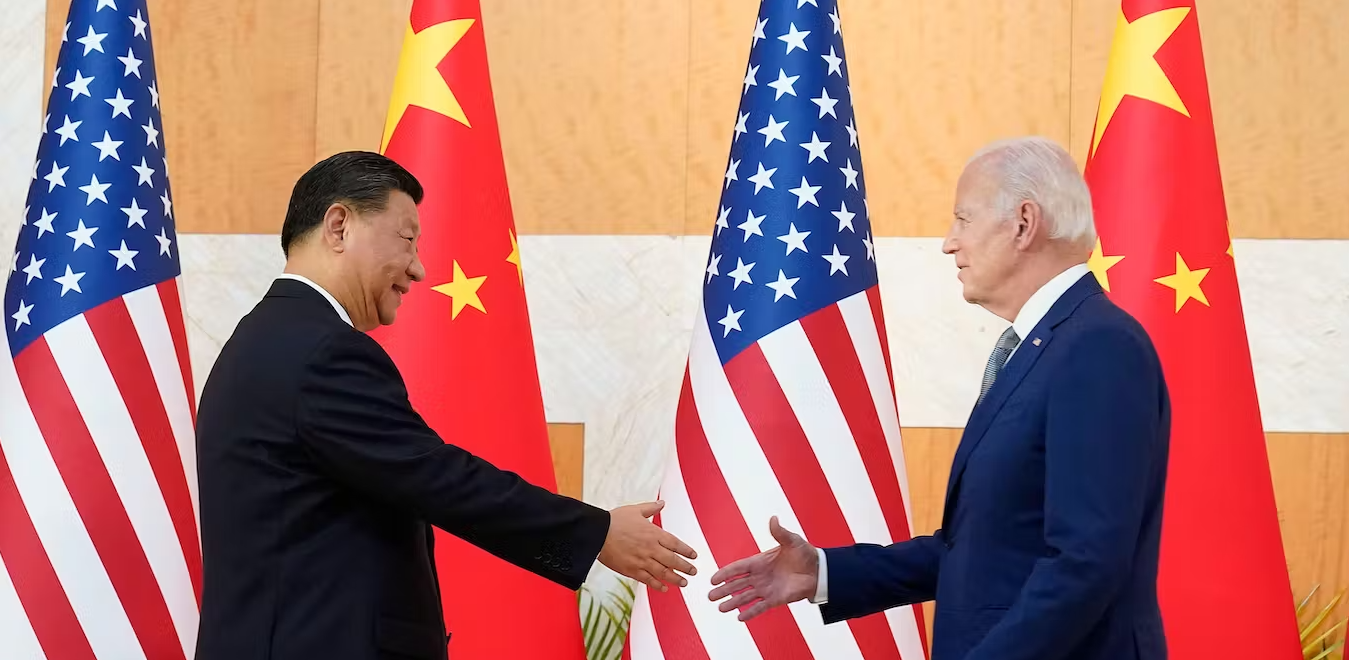
US President Joe Biden and Chinese President Xi Jinping shake hands as they meet on the sidelines of the G20 Summit in Bali, Indonesia, November 14, 2022. Photo: The Conversation
“We’ll see what happens in San Francisco and whether we make progress in restoring military-to-military connections,” Sullivan said.
The meeting is also expected to cover global issues ranging from the Israel-Hamas conflict in the Middle East to the Russia-Ukraine conflict in Eastern Europe, North Korea’s relationship with Russia, Taiwan, human rights, artificial intelligence (AI) and “fair” economic and trade relations, senior Biden administration officials said.
Mr. Biden and Mr. Xi have known each other for more than a decade and have spoken for hours in six interactions since Mr. Biden became US President in early 2021. However, the two leaders have only met in person once since then, in Indonesia last November, and Mr. Xi has not visited the US since 2017.
China's foreign ministry said it hoped the two leaders would have "in-depth communication on issues of fundamental, overarching and strategic importance" to both bilateral and global relations, and that Beijing did not seek conflict.
“China is not afraid of competition, but we do not agree that China-US relations should be defined by competition,” Chinese Foreign Ministry spokesman Mao Ning told reporters in Beijing on November 13.
“We hope the United States will act on its commitment of not seeking a new Cold War with China and not intending to seek conflict with China, and work with China to bring bilateral relations back onto the track of healthy and stable development,” Mao added.
Crisis prevention oriented
US-China tensions have escalated over the past few years, starting with tariffs under the Donald Trump administration and spilling over into broader technology restrictions under the Biden administration.
The row over a suspected Chinese spy balloon flying in US airspace in February revealed how fragile bilateral relations have become, and led to the suspension of already limited high-level talks.
In April, amid a new low in bilateral relations, the Washington DC-based Center for Strategic and International Studies (CSIS) released a report describing the US-China relationship as seemingly “caught in a vicious cycle of worsening deterioration.”
“This translates into a stalemate – and, indeed, rising tensions – that goes even further than the typical security dilemma, in which each side takes steps to defend itself, thereby creating insecurity for the other and followed by a proportionate response,” the CSIS report said.
Things only started to improve in June after US Secretary of State Antony Blinken visited Beijing, followed by visits by several other senior officials.
In early October, US Senate Majority Leader Chuck Schumer and five other US senators representing both Republicans and Democrats had an 80-minute meeting with Chinese President Xi Jinping.
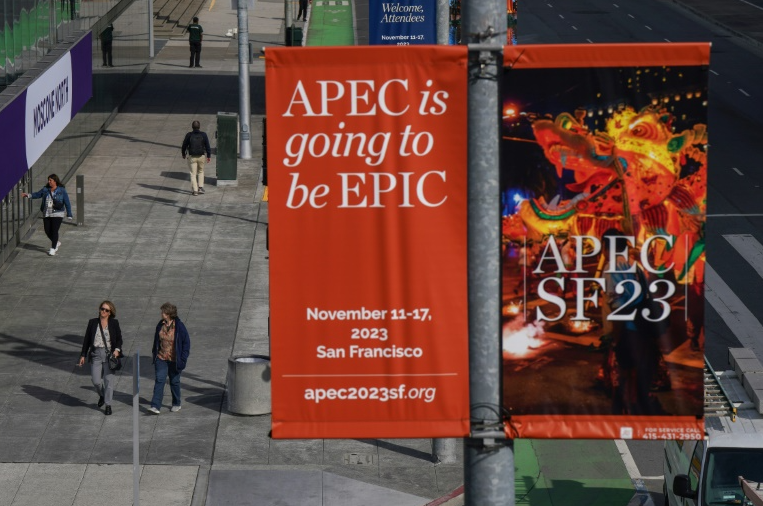
Pedestrians walk under signs for the Asia-Pacific Economic Cooperation (APEC) Summit Week at the Moscone Center in San Francisco, California, US. Photo: AFP/Digital Journal
But expectations for the summit between the US president and Chinese leader this week remain relatively low. The current Washington-Beijing relationship is more about crisis prevention, and both sides are still waiting for more action.
“The focus will be on expanding dialogue to reduce risks in the relationship and prevent a crisis that neither leader wants,” said Michael Hirson, head of China research at 22V Research.
“Hot issues like Taiwan and the South China Sea need to be carefully managed,” Hirson said, noting the timing of the meeting ahead of Taiwan’s leadership race in January and the US presidential election in November next year.
Ms. Shen Yamei, head of the US Studies Department at the China Institute of International Studies (CIIS) under the Chinese Foreign Ministry, said that China-US relations are currently in a "loosening" phase.
“This easing is to relax the atmosphere. There is no actual change,” Shen said in Mandarin, as translated by CNBC. However, she pointed out that the establishment of new communication channels means there is still much to look forward to.
“Export controls are a top concern for Beijing, but there is no political space in Washington to repeal existing controls,” Gabriel Wildau, managing director at consultancy Teneo, said in a note.
“The immediate aftermath of the Biden-Xi meeting could mark a cyclical peak in bilateral relations,” Wildau said.
“The key question is whether this peak will persist into a plateau or whether political pressure will trigger a new downturn,” he said. “As we know, the period since June has provided an opportunity to stabilize relations, but after the high-level talks, it is unclear whether this window will close.”
APEC stands for Asia-Pacific Economic Cooperation. It is a forum to promote trade, investment and economic development among countries around the Pacific.
The group started with 12 members in 1989, but has now grown to 21 members including China, Russia, Japan, the United States and Australia. The annual Leaders' Meeting (Summit) brings together heads of state and other top economic and diplomatic leaders.
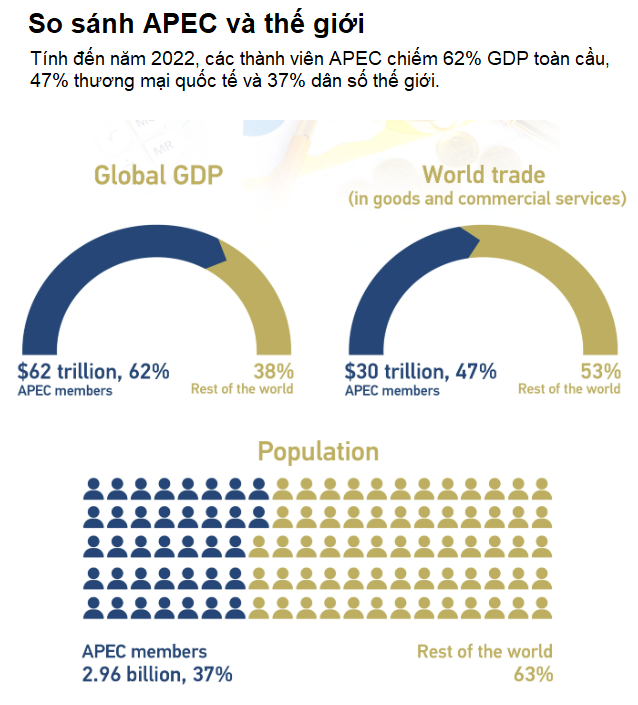
Graphics: CGTN
The White House said the goal of this year's APEC summit is to try to make APEC economies more resilient, especially in the face of growing climate issues and after a global pandemic that has killed millions and strained supply chains.
APEC’s strength lies in its ability to get countries to cooperate on major initiatives and ease business ties without binding agreements. Economists point to how APEC has helped reduce tariffs and other trade barriers.
But the trade landscape today is different from when APEC began in an era of increased globalization. The US strategy focuses on economic competition with China rather than cooperation, even as US leaders continue to stress the importance of cooperation.
US President Biden is looking for partnerships with other countries in the region to develop alternatives to Chinese imports such as electronics, machinery, furniture, textiles and other goods .
Minh Duc (According to Reuters, AP, CNBC, Global News)
Source


![[Photo] Ho Chi Minh City after 50 years of national reunification through buildings and symbols](https://vstatic.vietnam.vn/vietnam/resource/IMAGE/2025/4/15/a224d0b8e489457f889bdb1eee7fa7b4)
![[Photo] Air Force actively practices for the April 30th celebration](https://vstatic.vietnam.vn/vietnam/resource/IMAGE/2025/4/15/16fdec3e42734691954b853c00a7ce01)
![[Photo] President Luong Cuong holds talks with General Secretary and President of China Xi Jinping](https://vstatic.vietnam.vn/vietnam/resource/IMAGE/2025/4/15/f7e4c602ca2f4113924a583142737ff7)
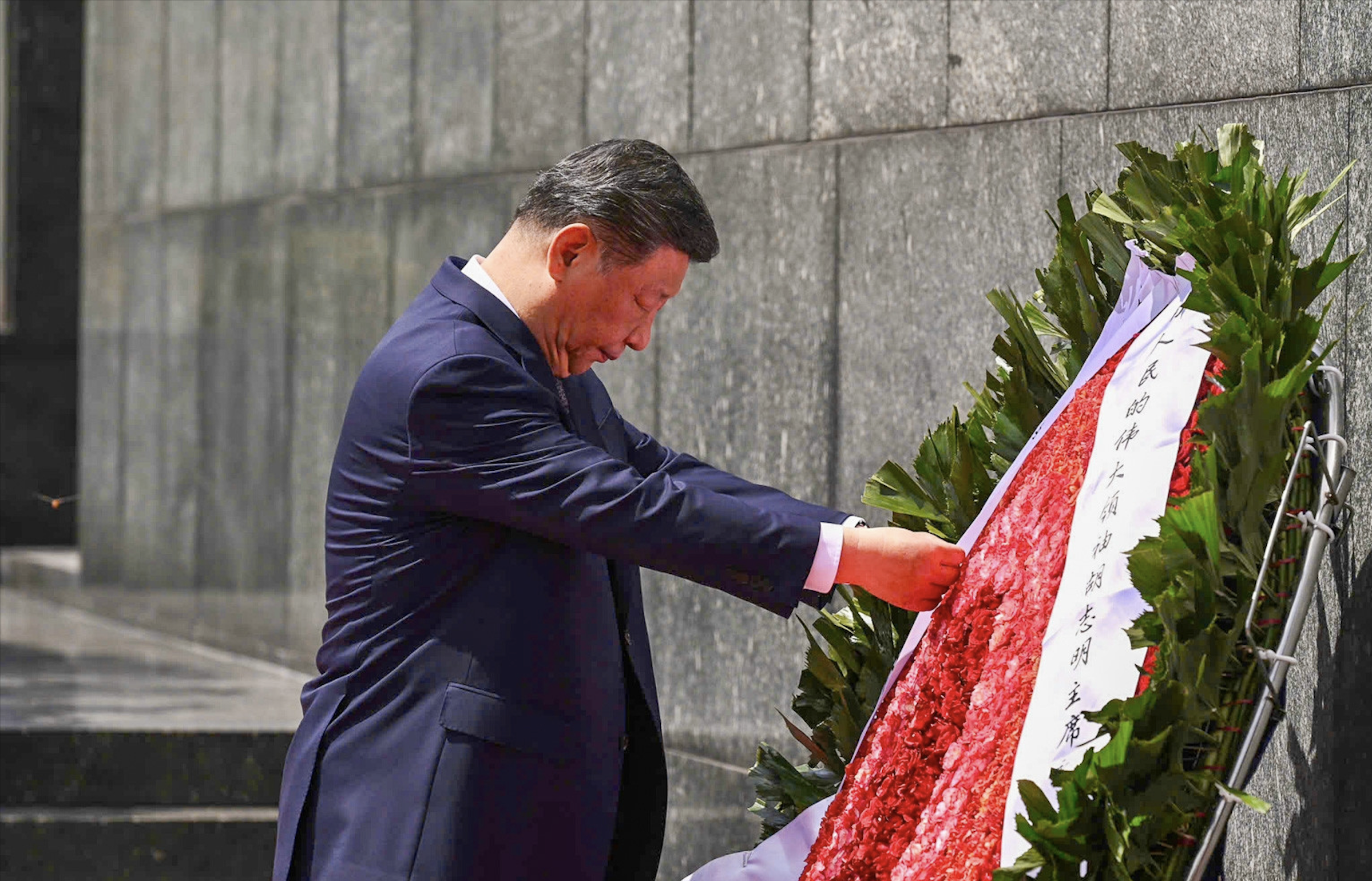
![[Photo] General Secretary To Lam meets with veteran revolutionary cadres, meritorious people, and exemplary policy families](https://vstatic.vietnam.vn/vietnam/resource/IMAGE/2025/4/15/7363ba75eb3c4a9e8241b65163176f63)

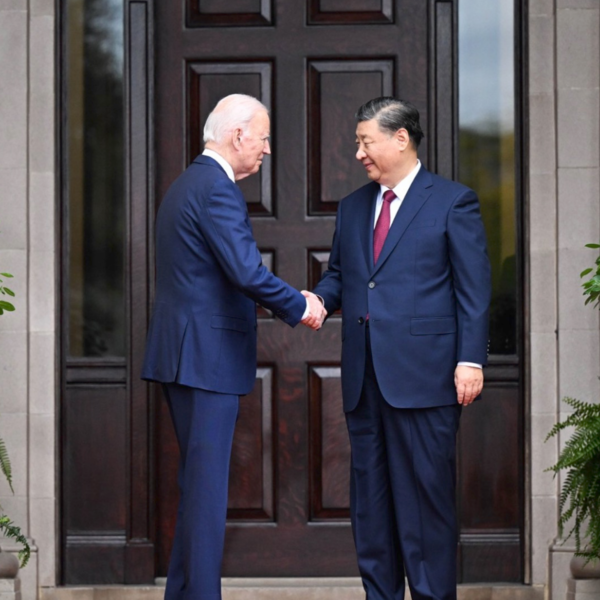
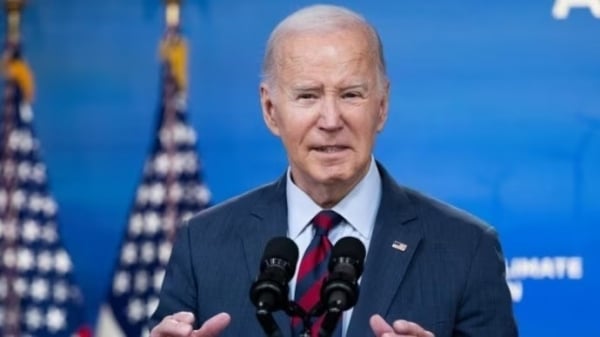


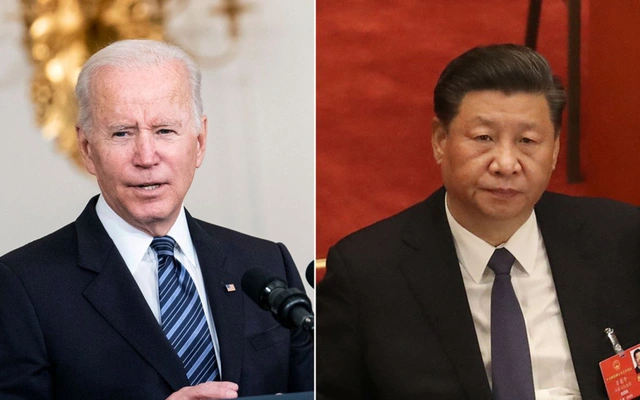

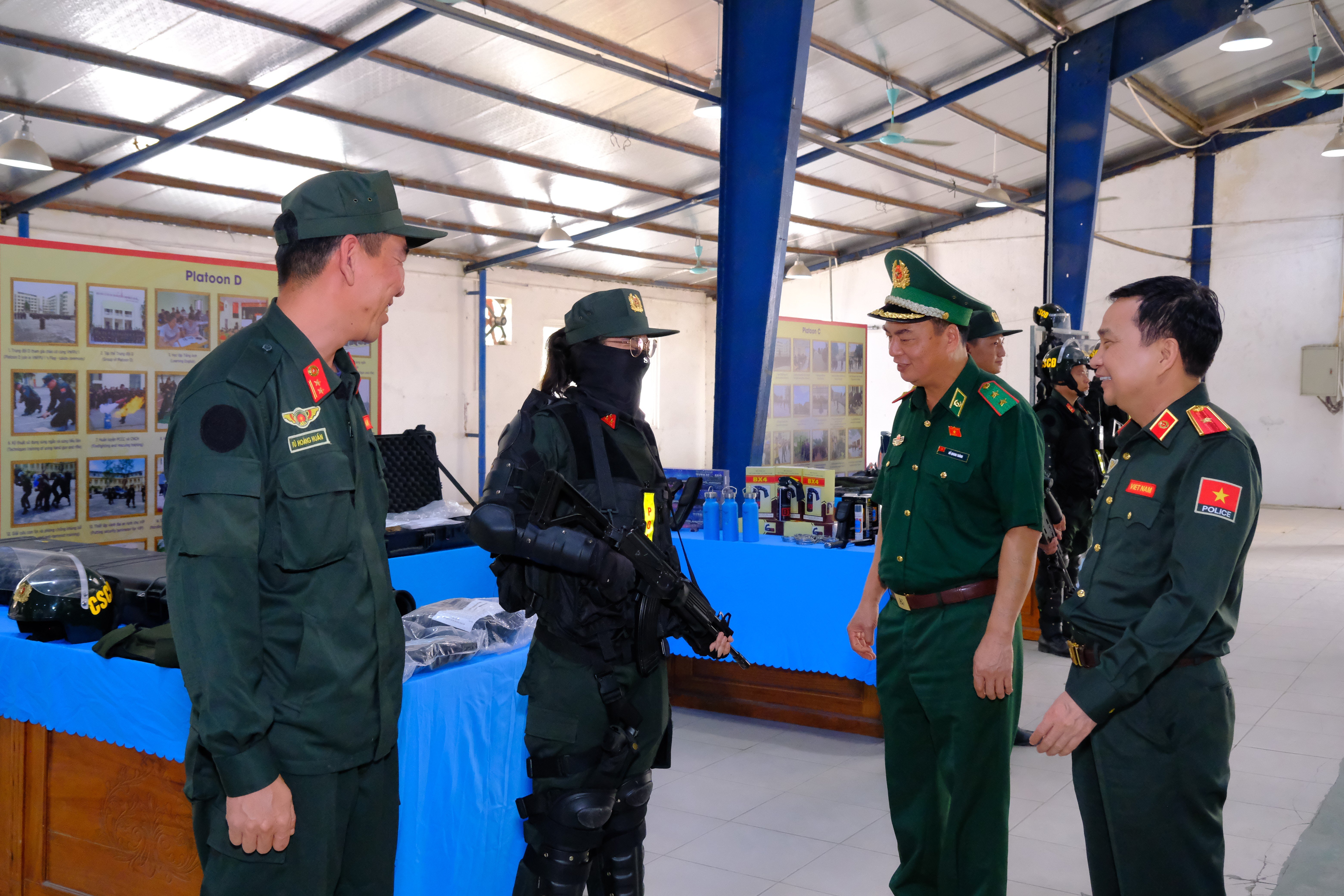


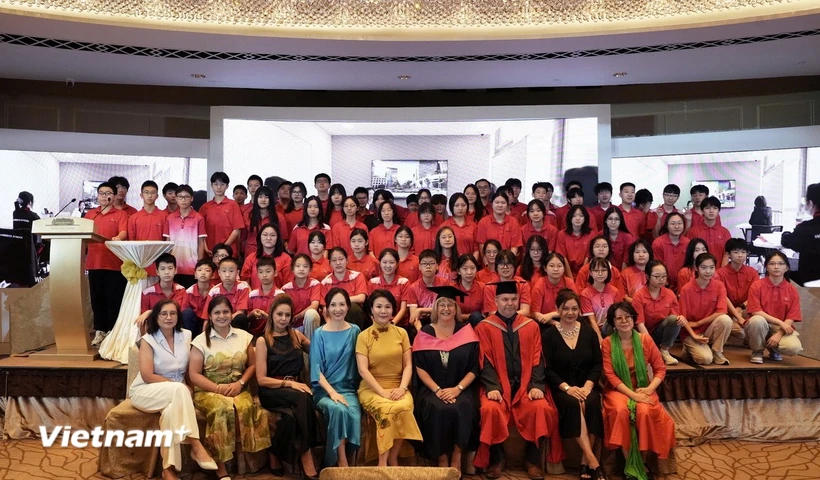



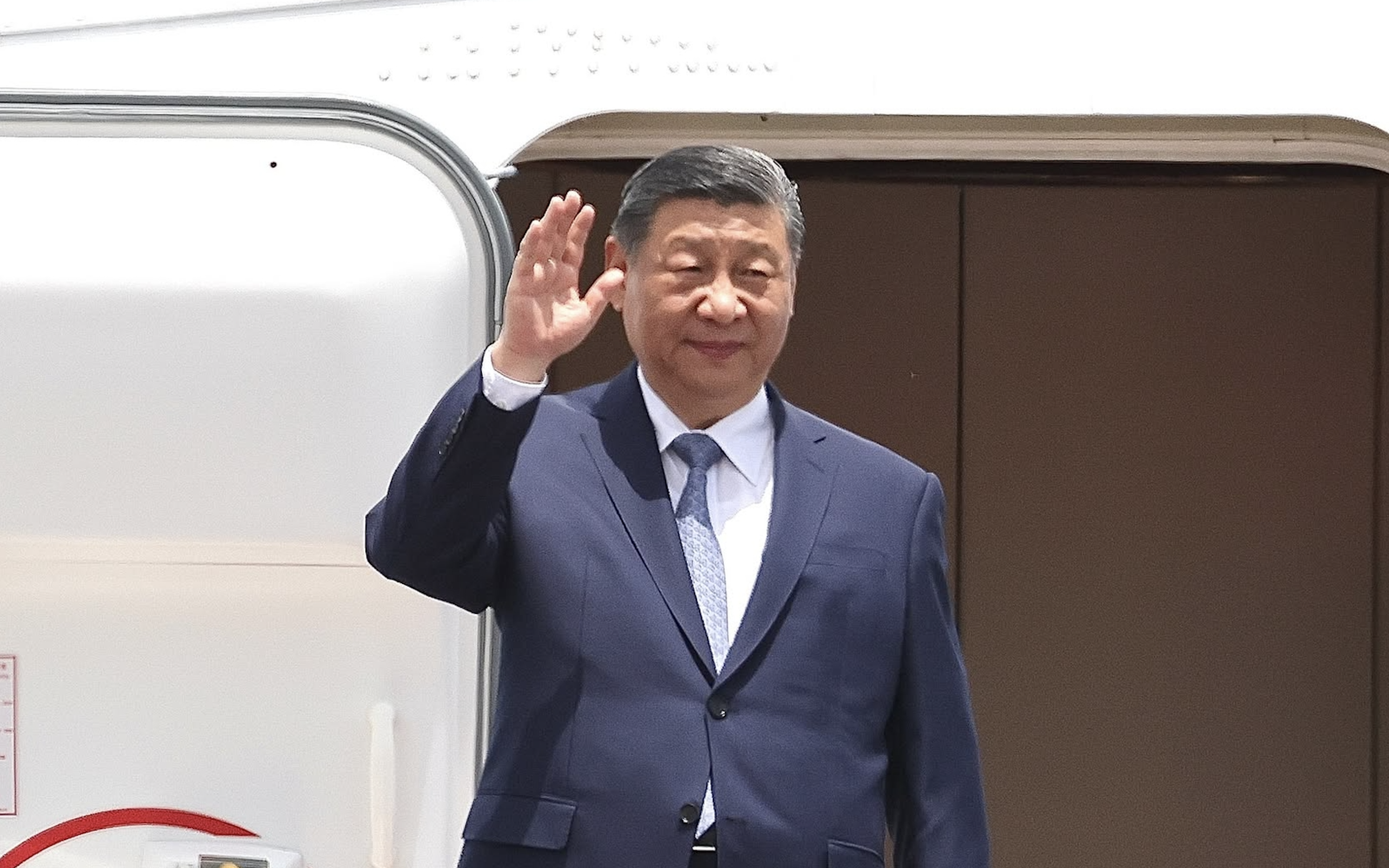

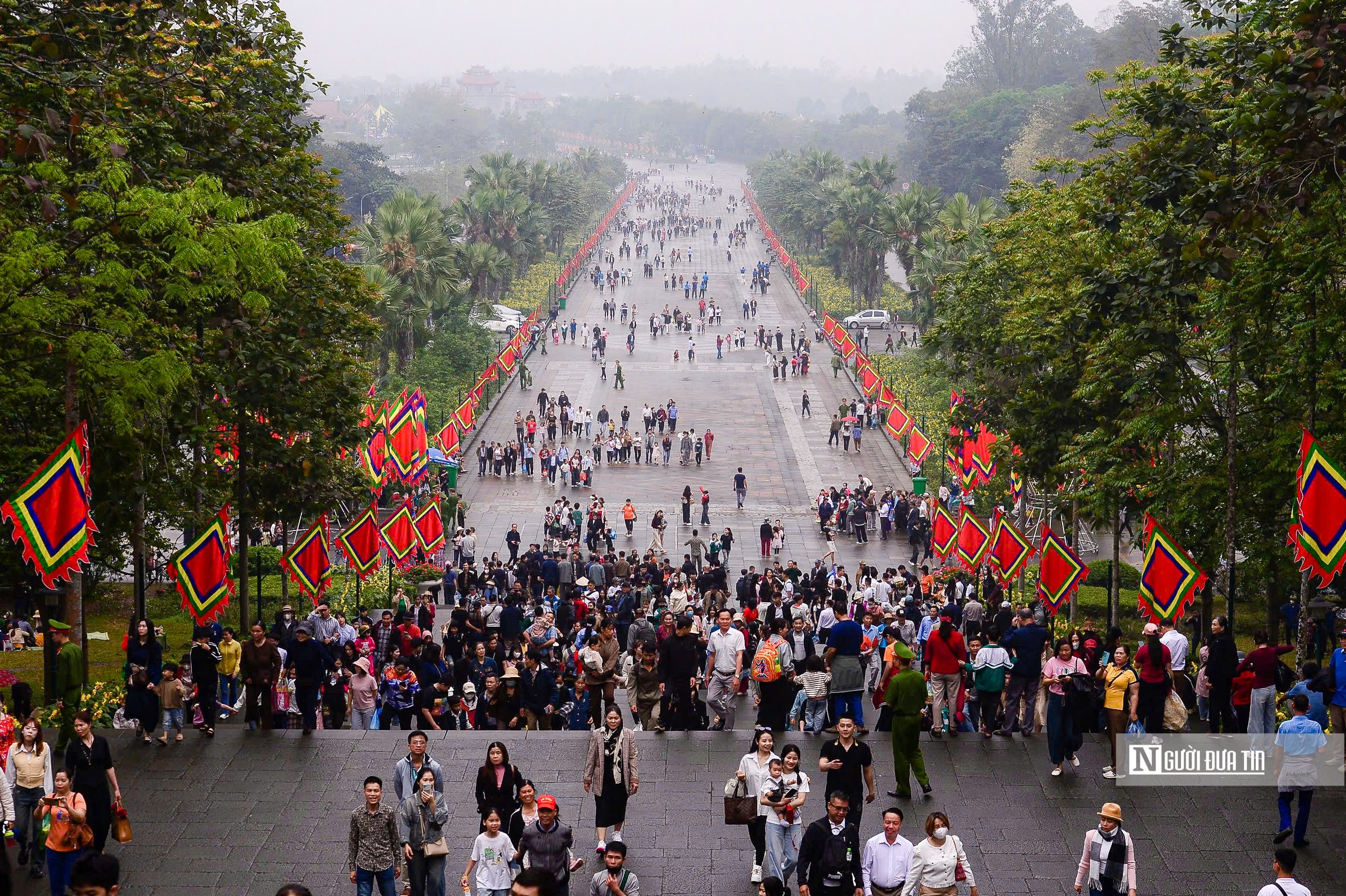
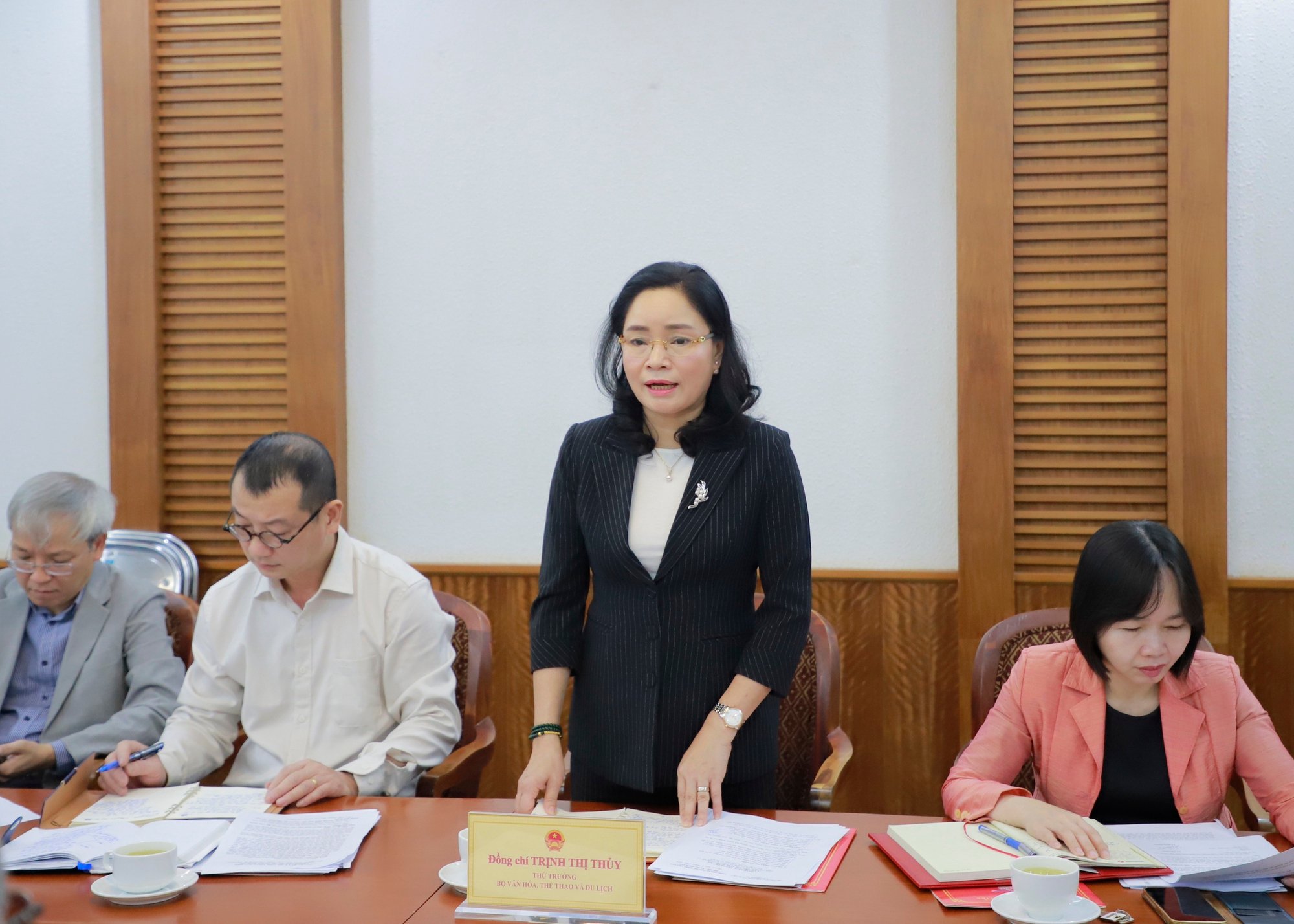
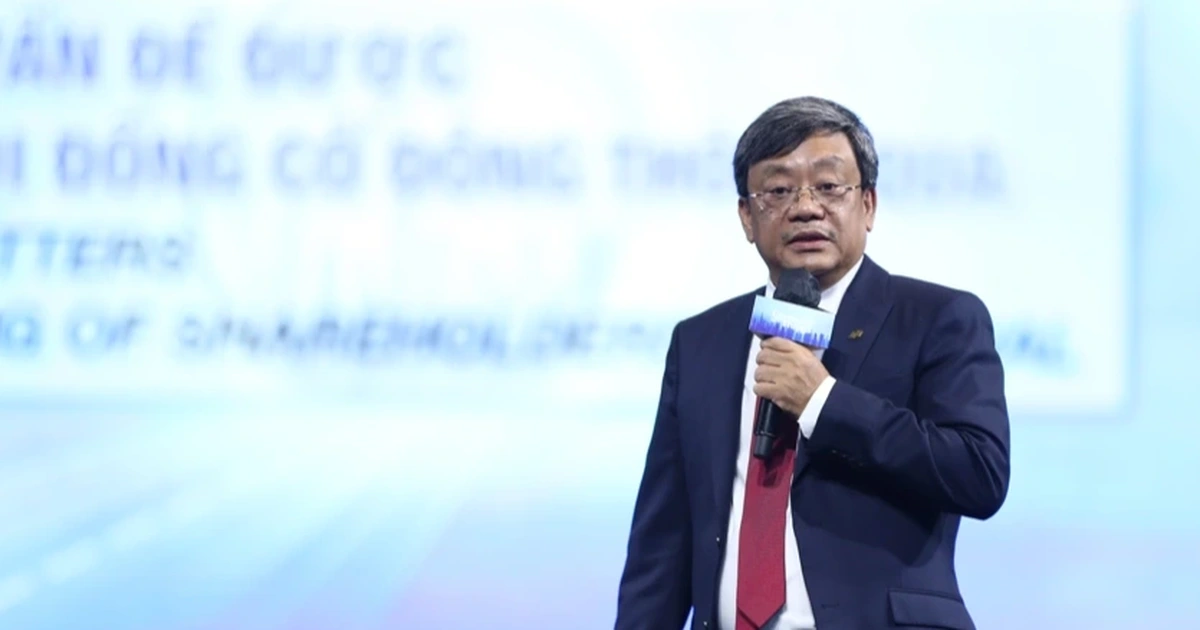









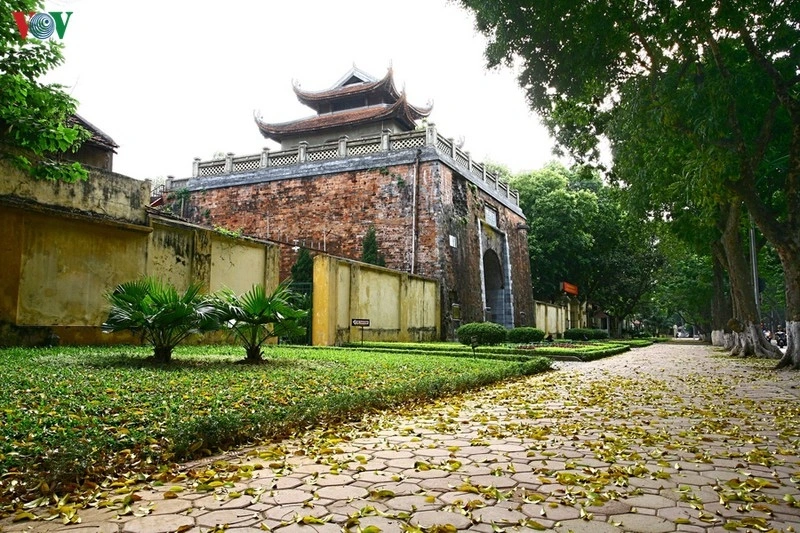


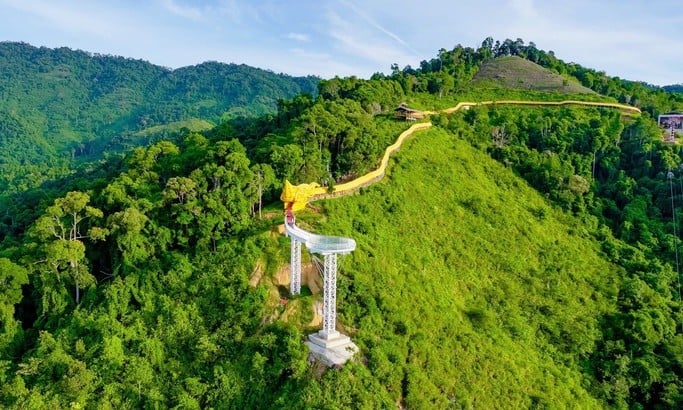





















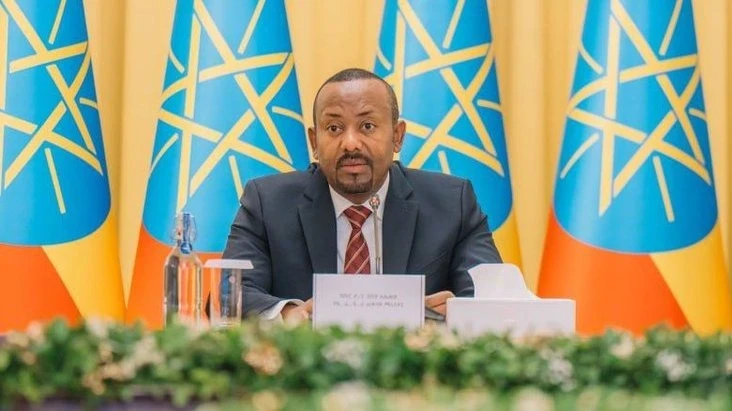
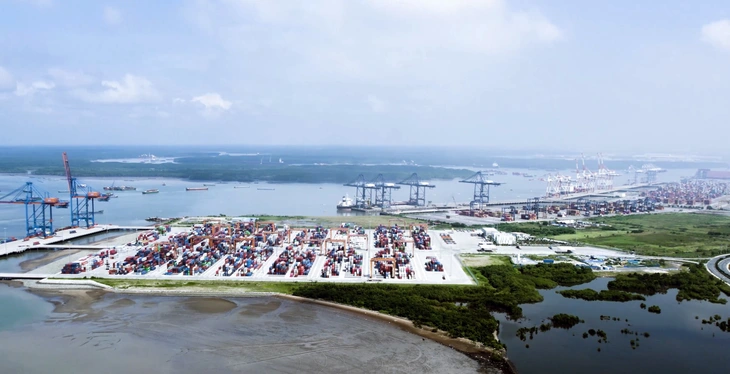

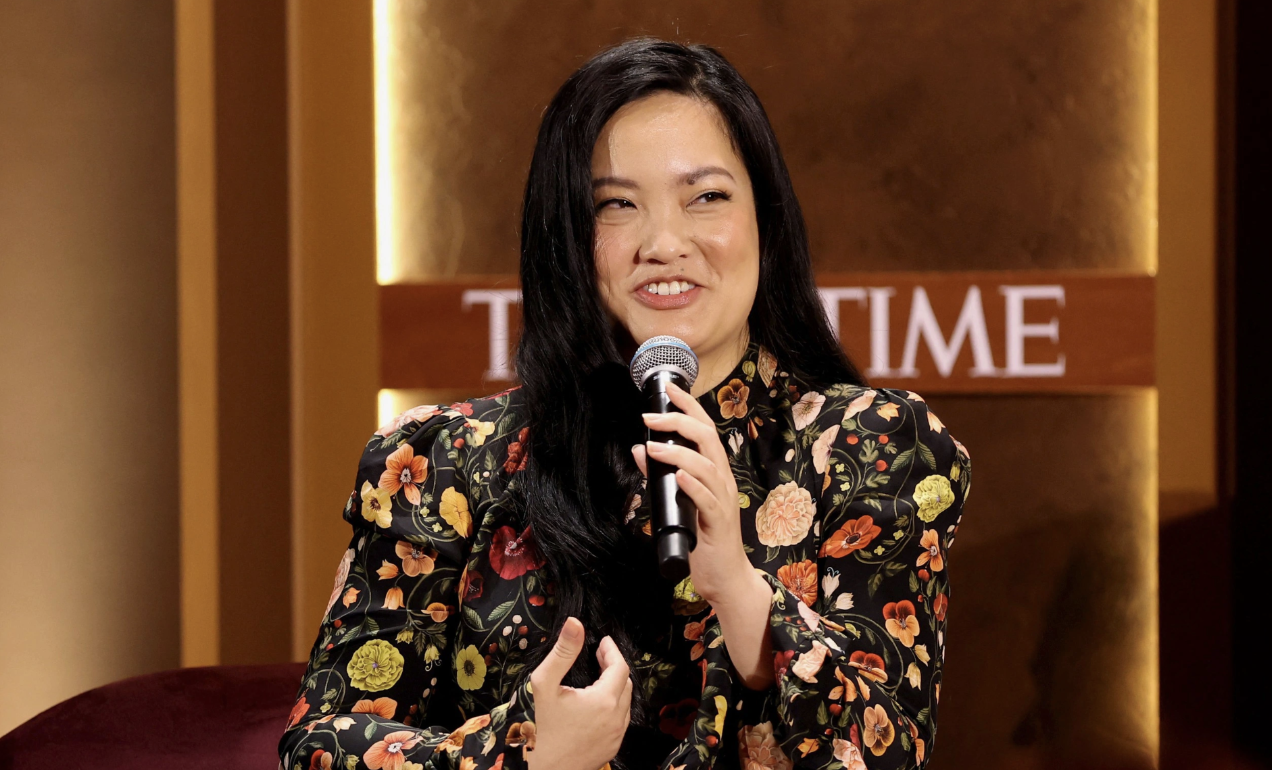






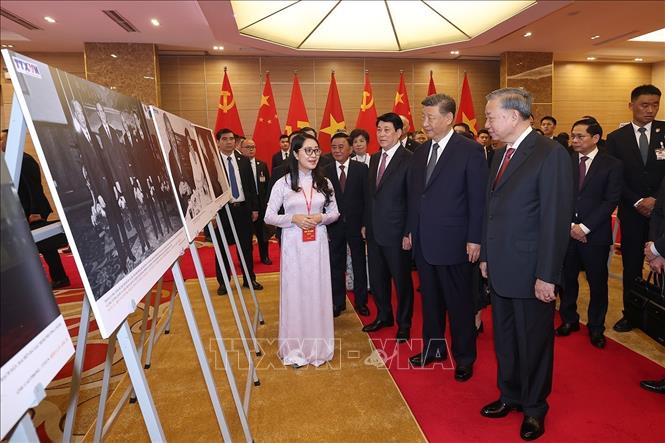


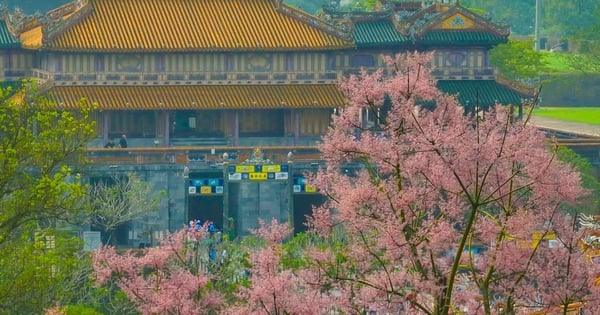
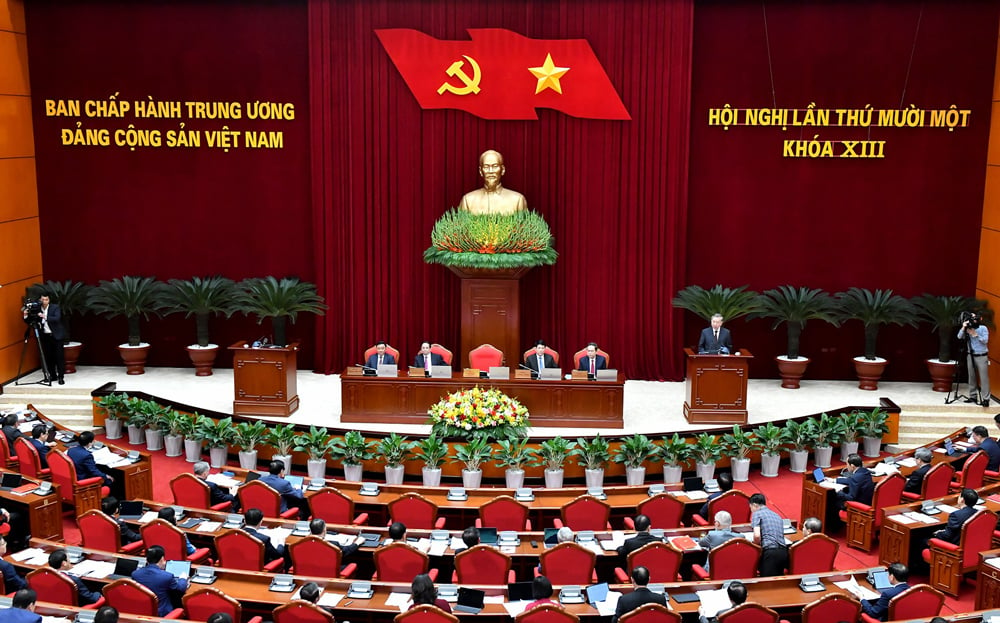
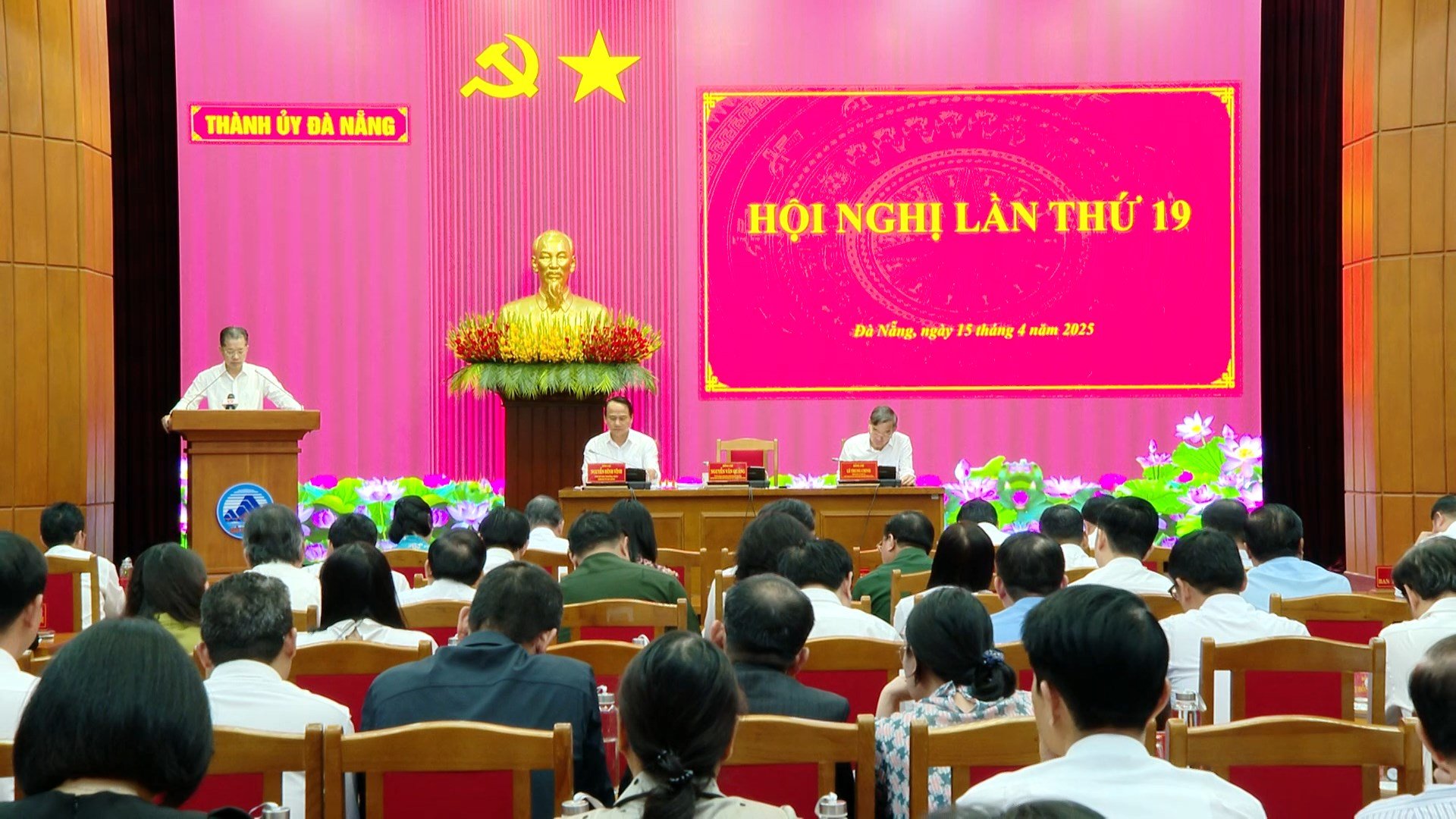

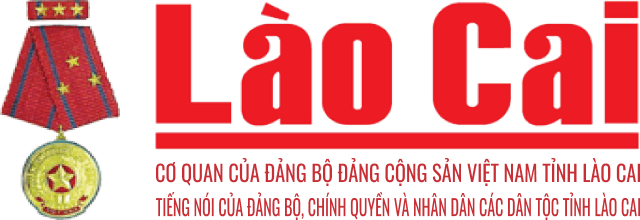
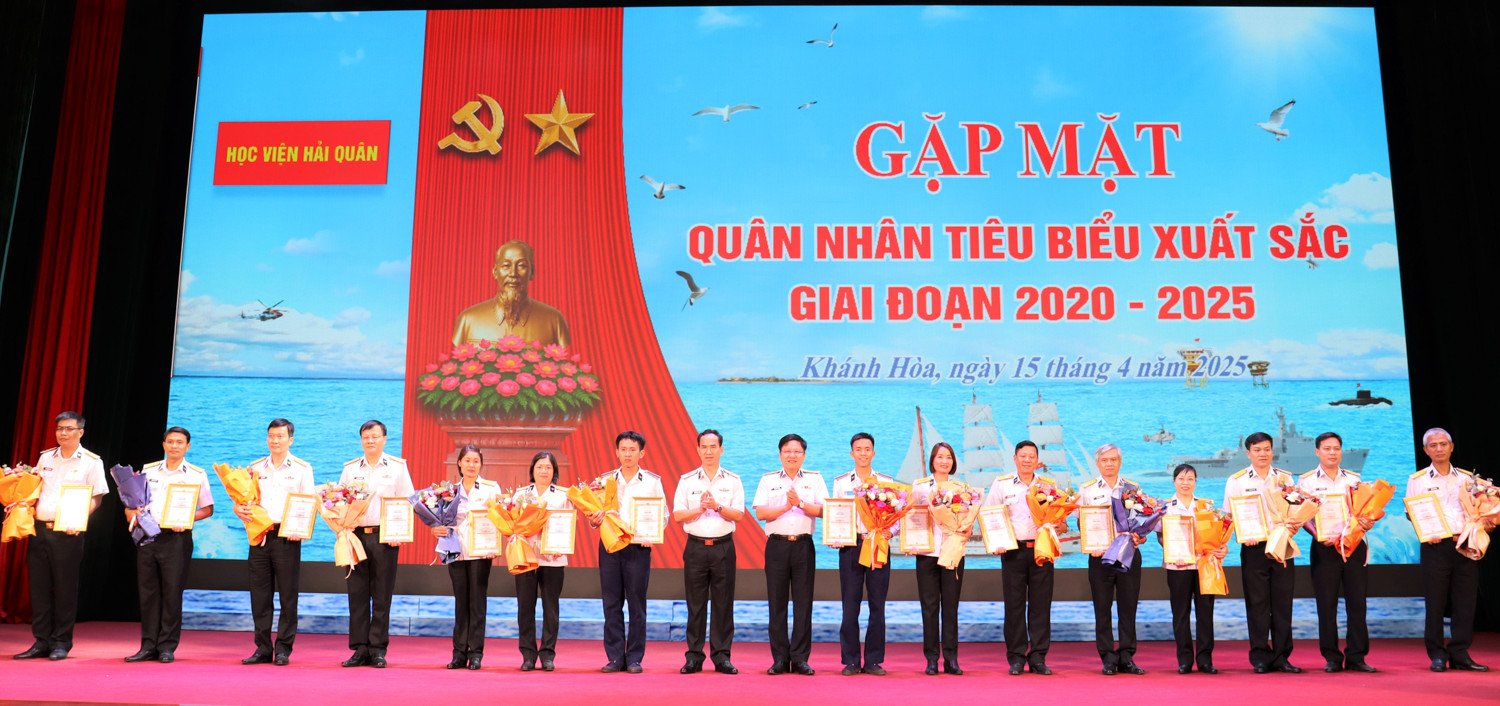



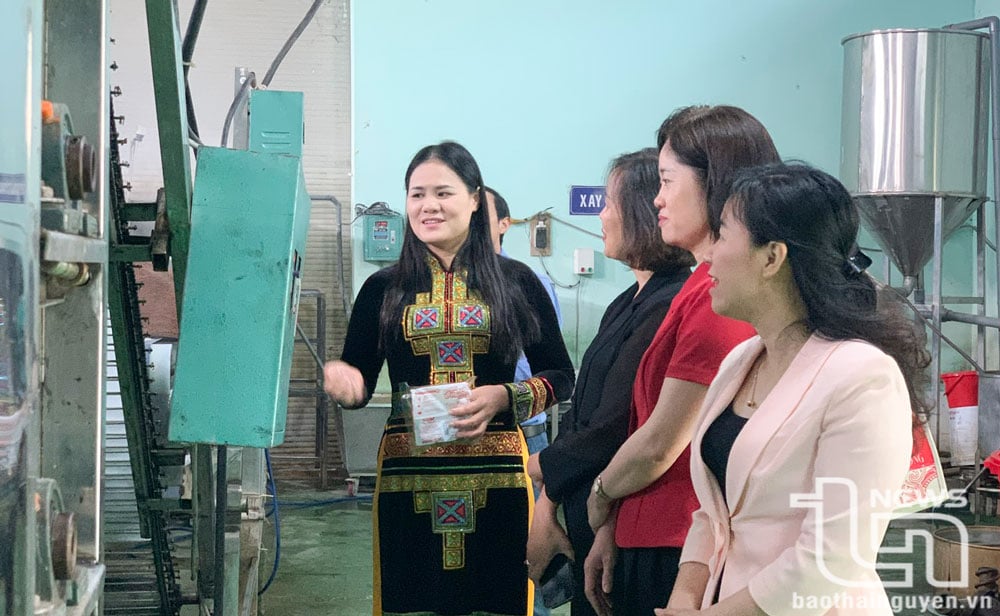



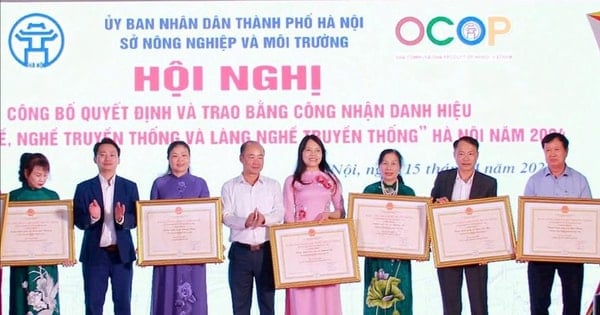
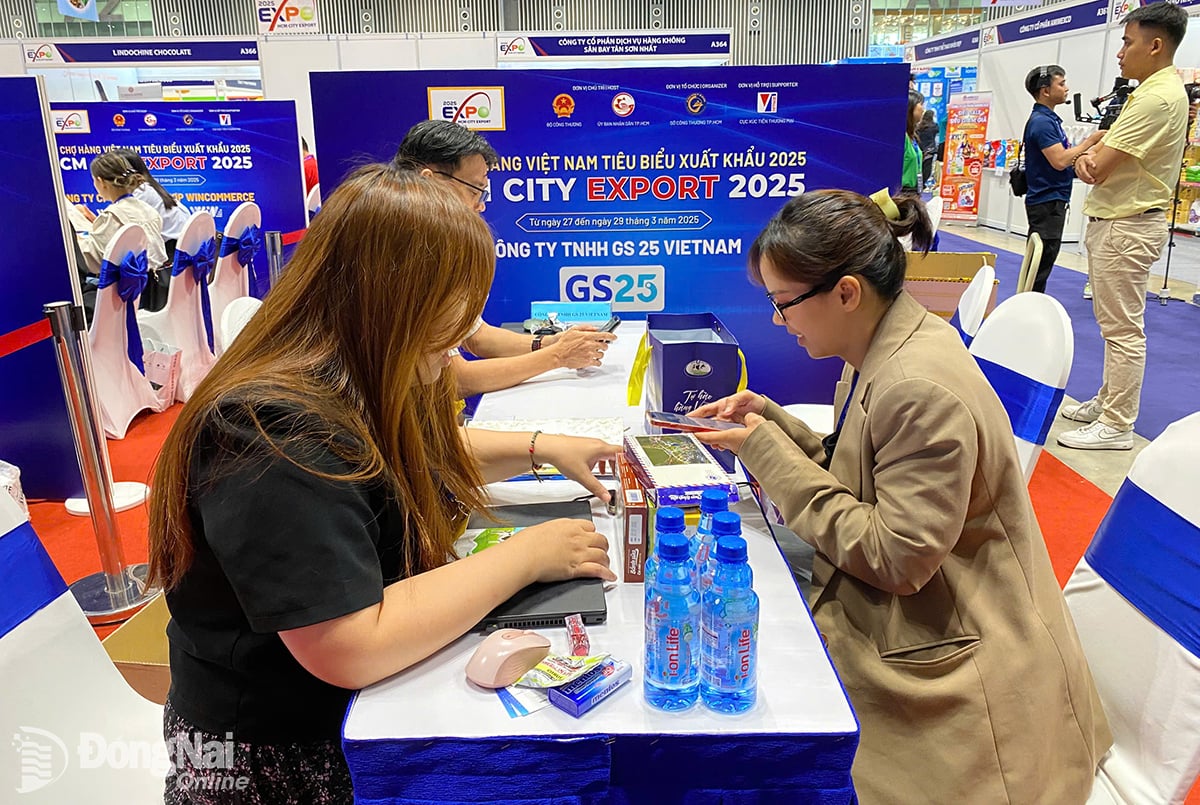

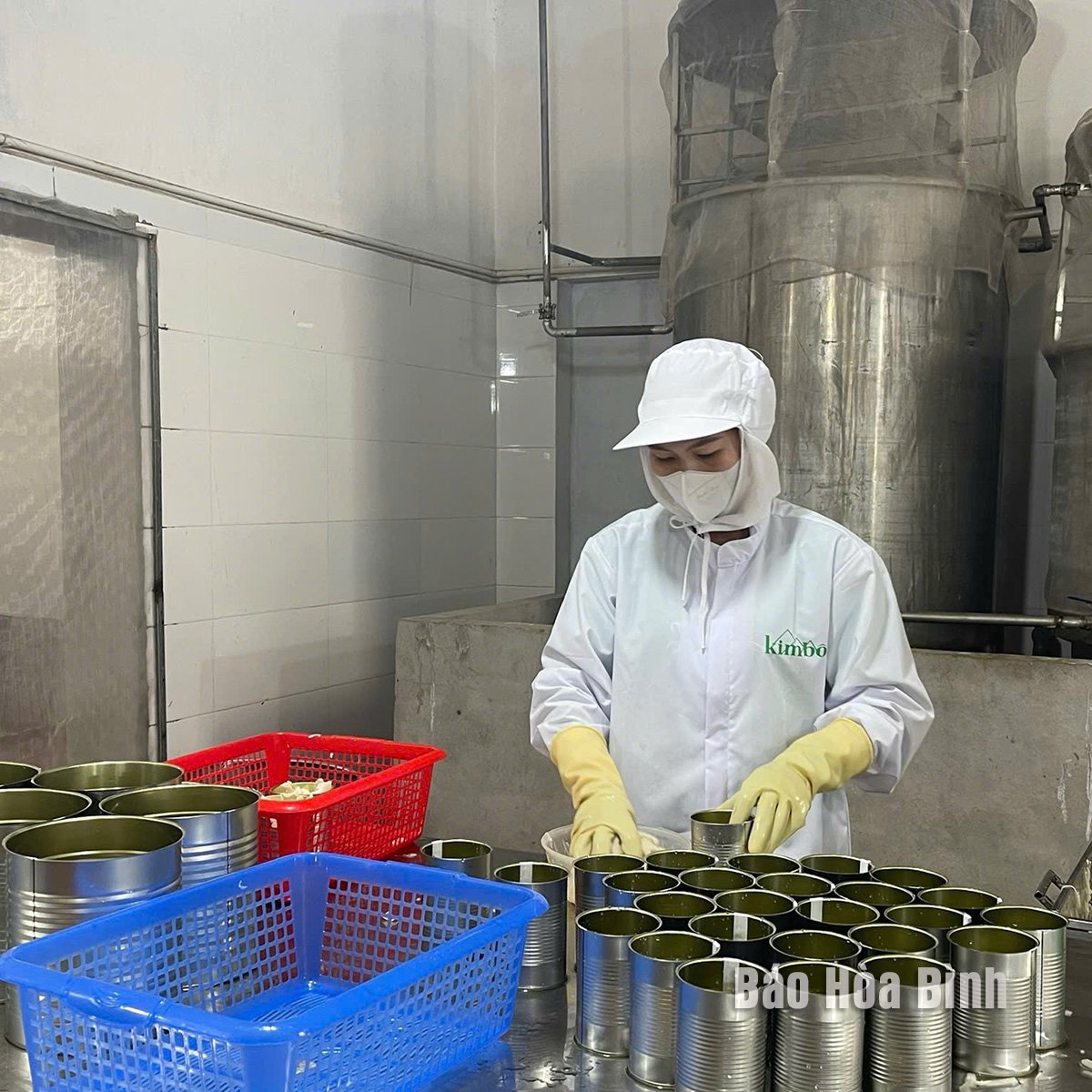



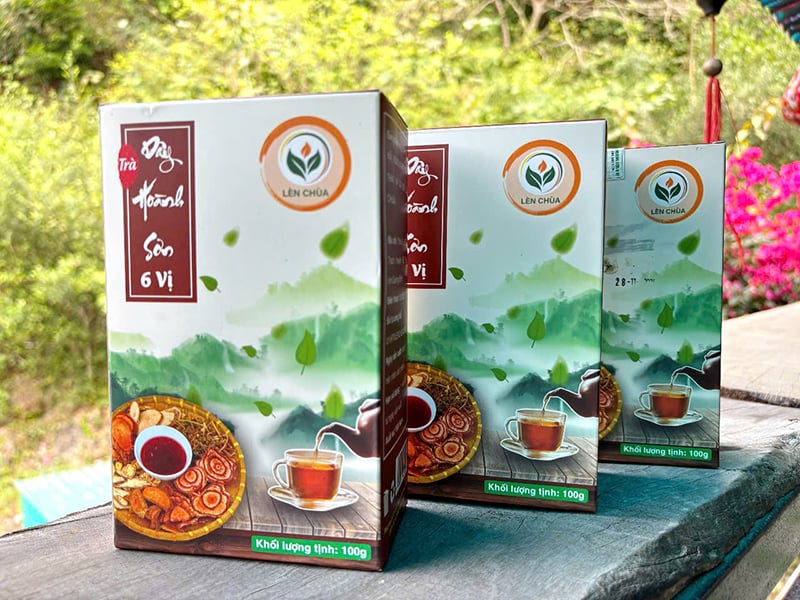
Comment (0)